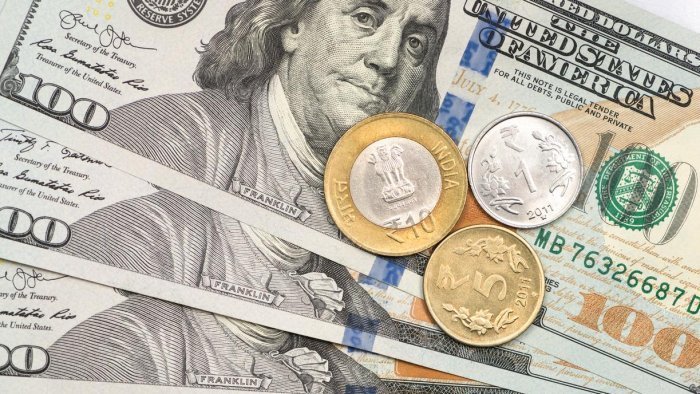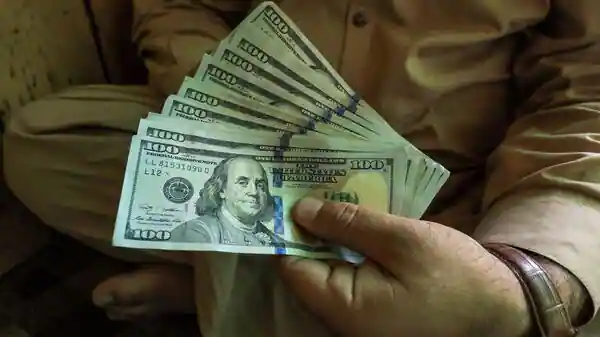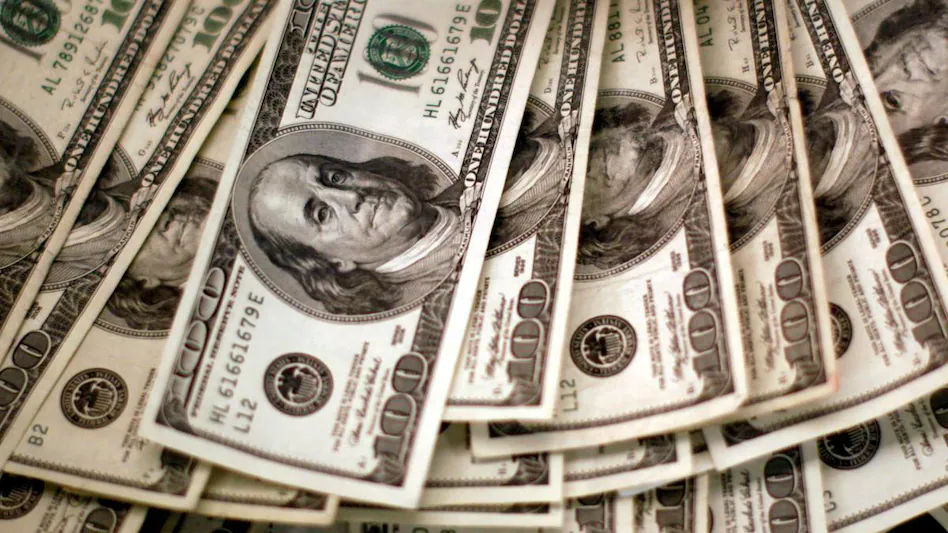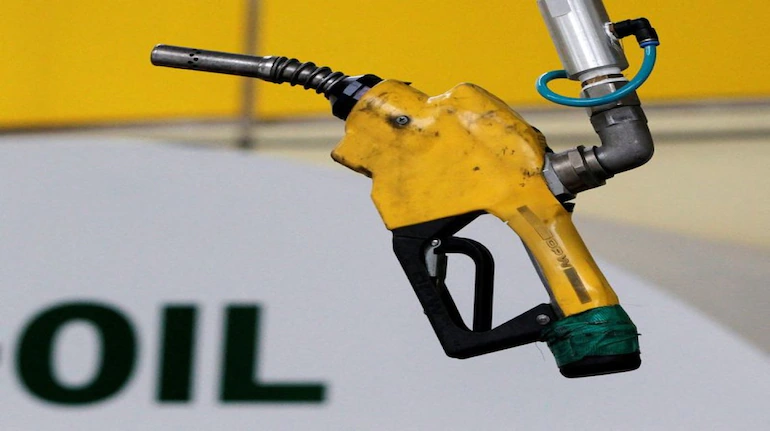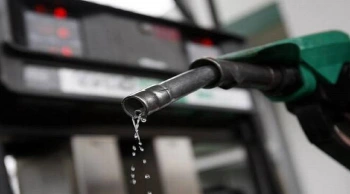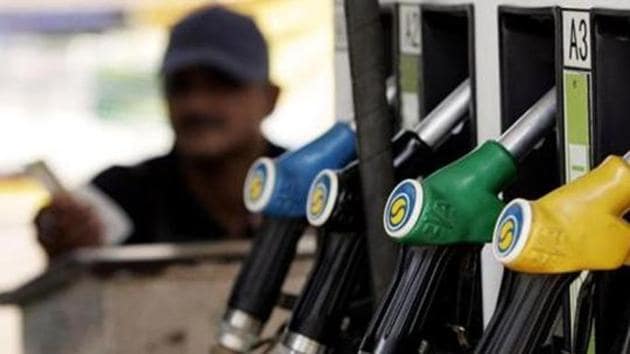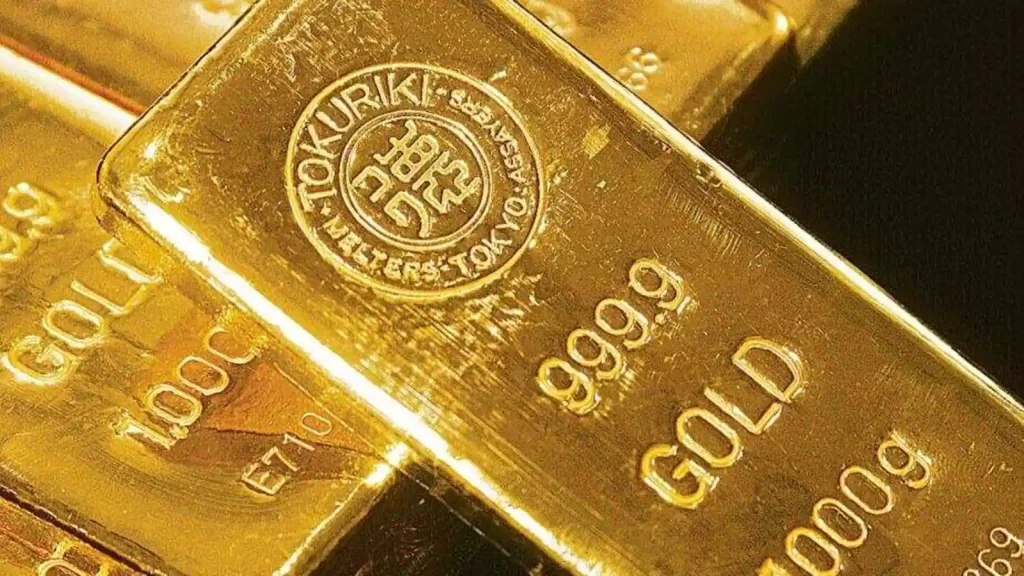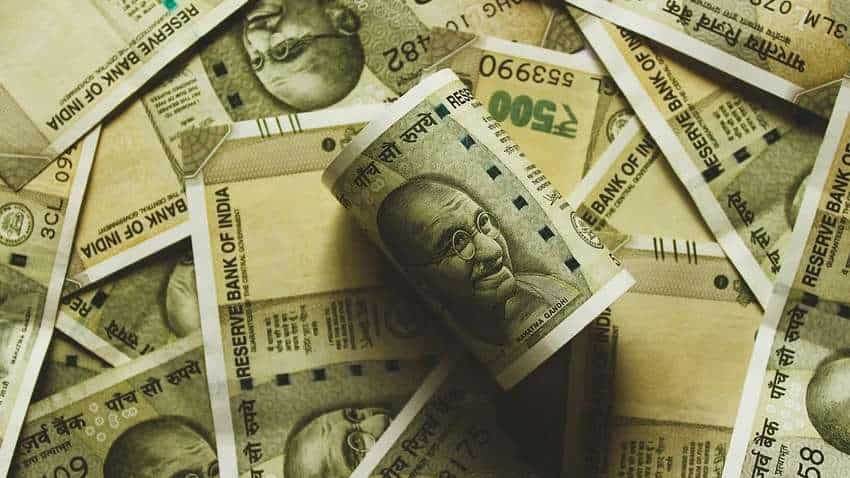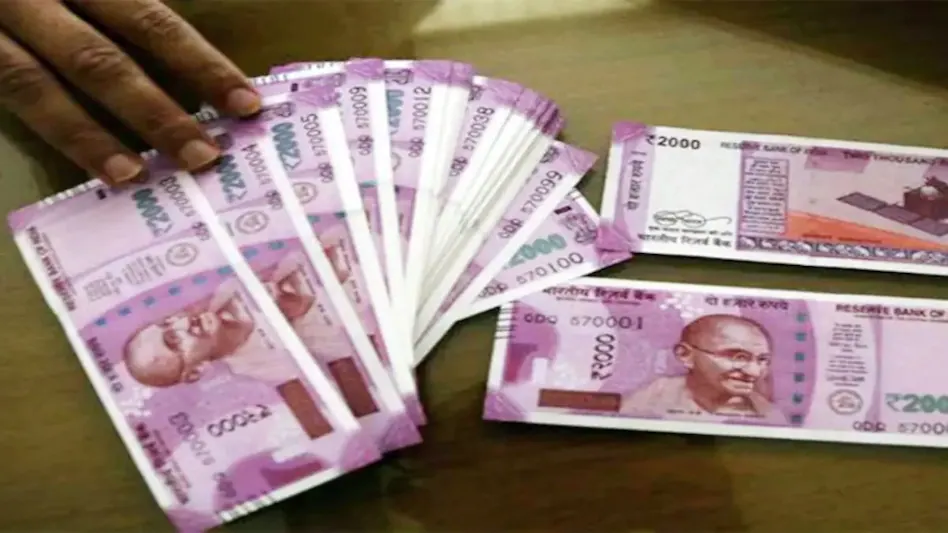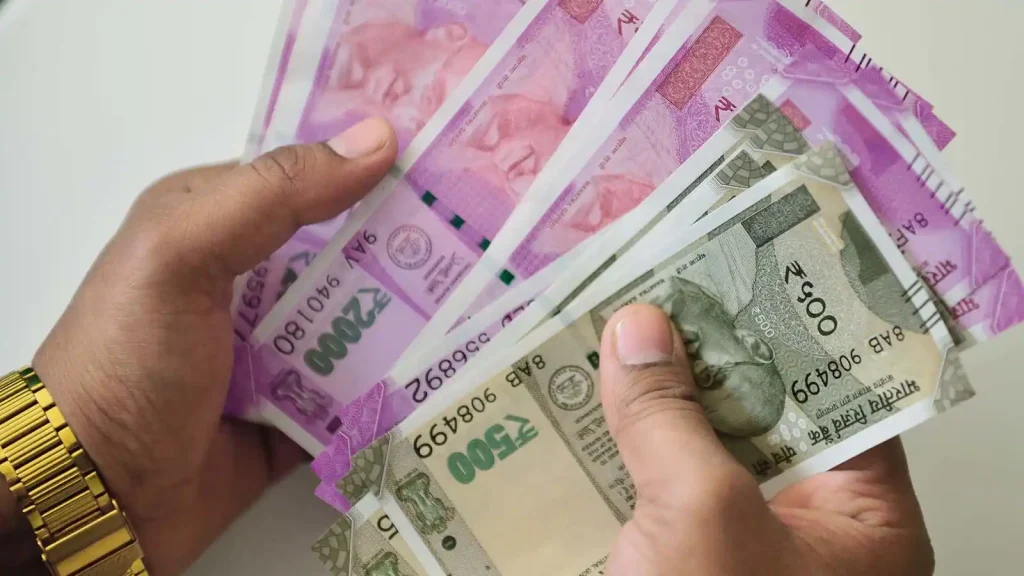
The dollar fought for a footing in choppy trade on Thursday, with support from upbeat U.S. data and hawkish policymaker comments, while the prospect of higher energy prices helped exporters’ currencies and weighed on those of importers.
The dollar rose 1% on the euro and 1.3% on sterling overnight and was trying to hold those gains in bumpy early trade in Asia. The euro has now made two unsuccessful attempts to regain parity this week and last bought $0.9916. Sterling’s rebound from record lows has paused just below $1.15.
The U.S. services industry posted another month of expansion in September, data showed overnight, while labour market figures were solid and the trade deficit narrowed. San Francisco Fed President Mary Daly reiterated policymakers’ focus on inflation fighting and dismissed market hopes for rate cuts in 2023.
“I think that just reminded people that you might be a bit premature in trying to price in rate cuts in the U.S.,” said Westpac currency strategist Imre Speizer.”That pushed up rates and pushed up the U.S. dollar,” he said, as the Federal Reserve’s aggressive moves to rein in inflation sets the pace for central banks around the globe.
“Its one trade for the whole world,” said Speizer. “No one currency’s interest rates are really able to go off and do their own thing independently.“
Bond markets globally sold sharply. Interest rate futures imply more than 130 basis points of tightening ahead for the Fed before the middle of next year. [US/][GVD/EUR][GB/]

The U.S. dollar index wobbled 0.06% lower to 110.86, off lows near 110 from earlier in the week, though some distance below last week’s 20-year high of 114.78.
Sterling last bought $1.1367, while the Australian and New Zealand dollars each rose about 0.4%, taking the Aussie to $0.6518 and the kiwi to $0.5772. [AUD/]
The yen, which has been held steady by the risk of further Japanese intervention, sat at 144.57 per dollar.
The Saudi Arabia-led cartel of oil producers agreed to steep production cuts on Wednesday, lifting Brent crude futures to a three-week high of $93.99 a barrel. [O/R]
“Higher energy prices would have a much more direct impact on the European region given the more direct relationship to their finances,” said NatWest Markets’ strategist Jan Nevruzi.
Later on Thursday the European Central Bank releases minutes from last month’s policy meeting. Traders are also awaiting Friday’s U.S. labour market data to gauge how fast and far the Fed might be willing to lift interest rates.
